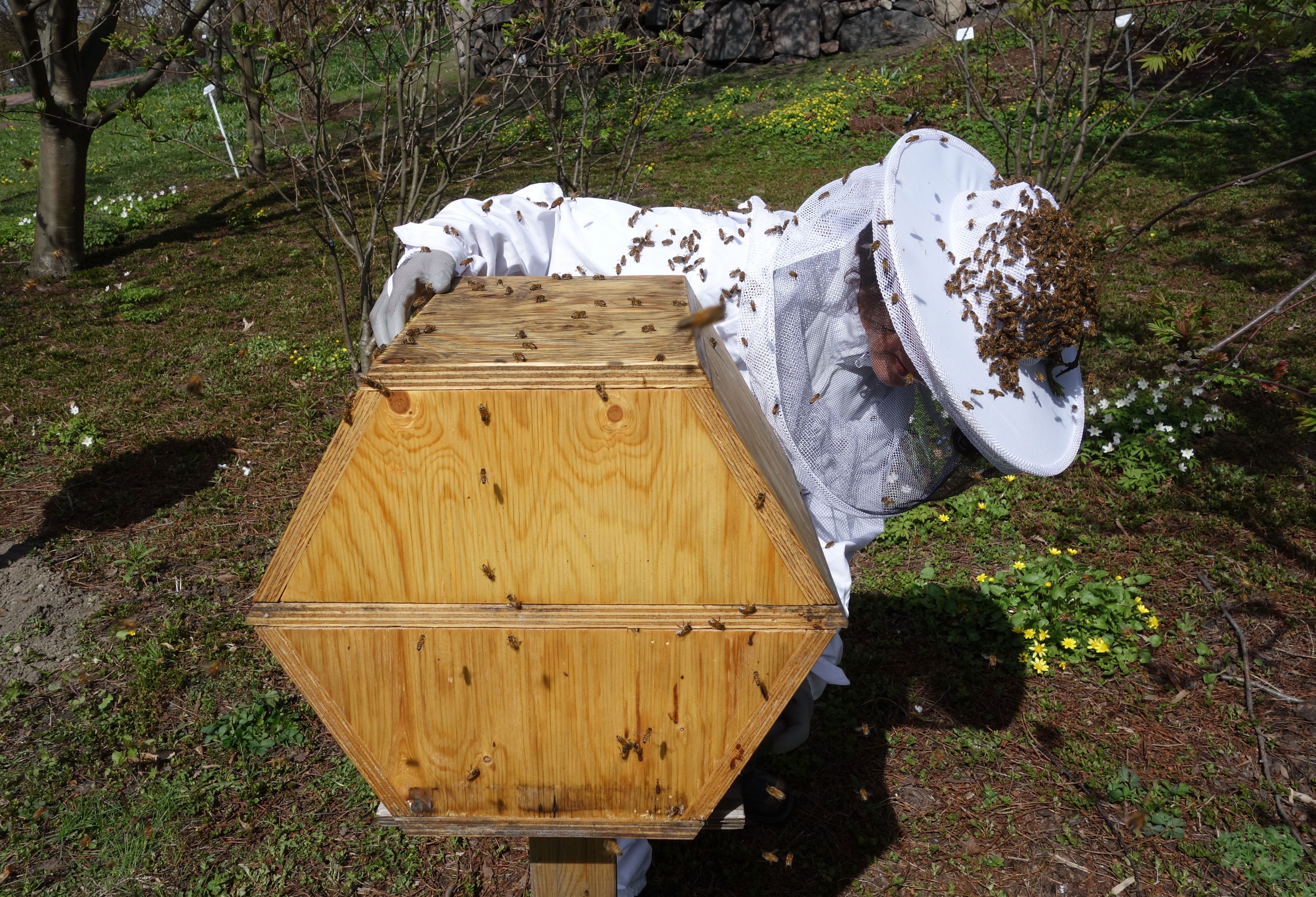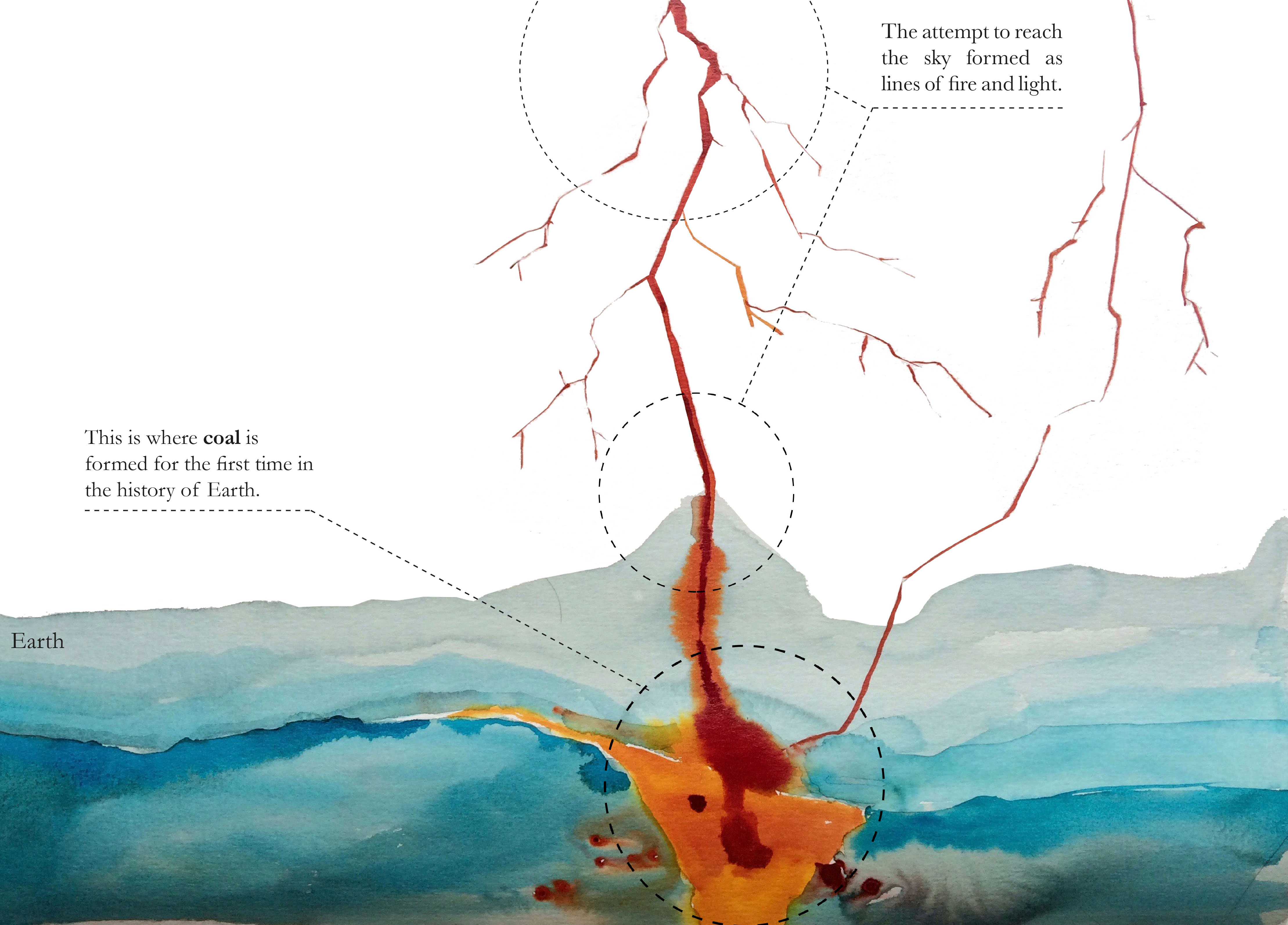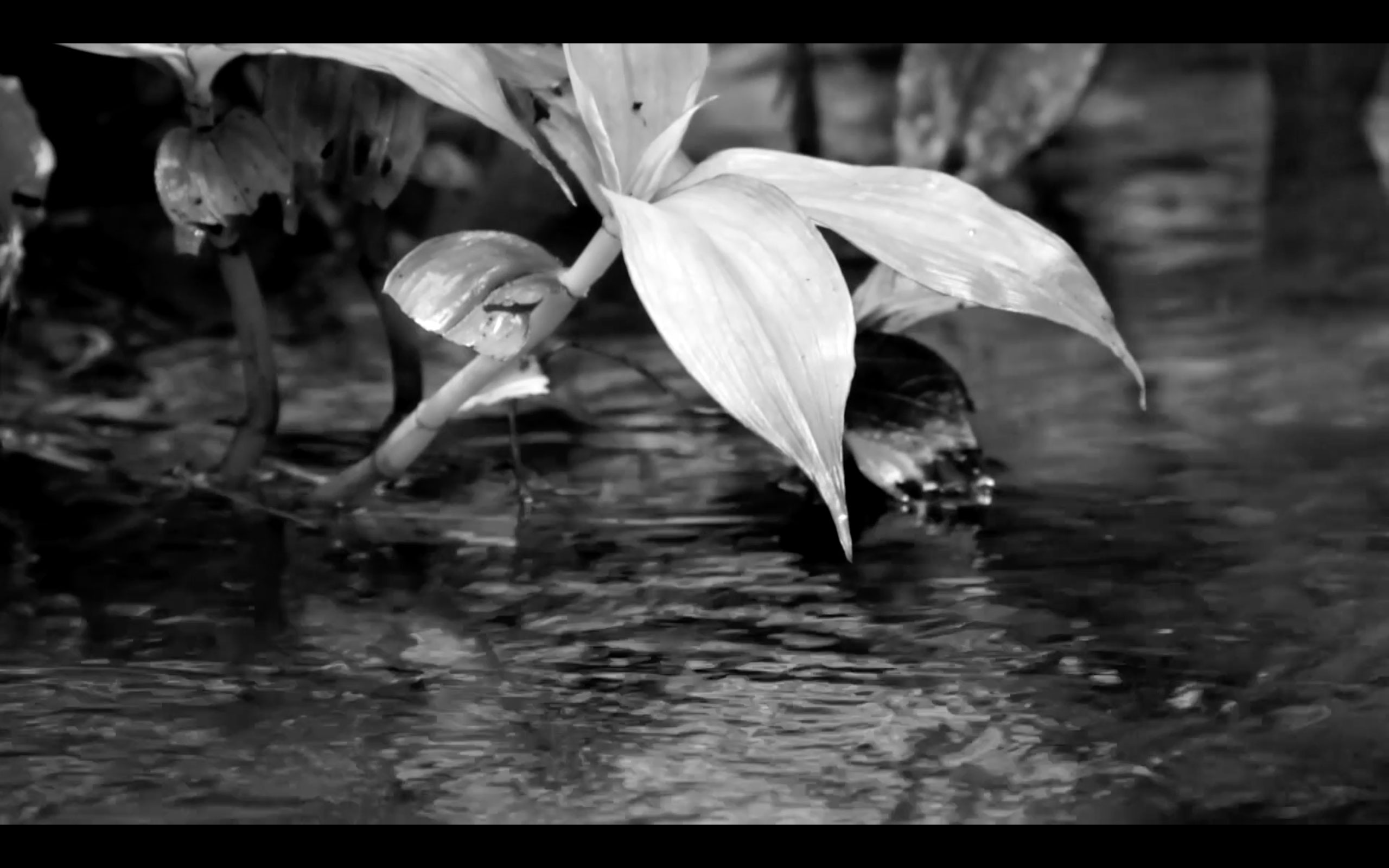The exposition “Melliferopolis – collaborating with uncontrollable, flying, stinging insects” explores encounters between humans and insects, in the framework of a long term project around honeybees in urban contexts called Melliferopolis. The interventions proposed by Melliferopolis create shared spaces of encounters for Bees and Humans. The choice to work with these insects in an urban and participatory setting creates situations that are surprising, unpredictable or challenge concepts of "safety". The exposition aims to develop an understanding for risks that arise when collaborating with non human animals, explores reactions to situations that are not entirely controllable and elaborates on notions of safety, hazard and unpredictability within practice based artistic research. As the territory to investigate these questions we look at interventions, performances and installations produced in public spaces in the city of Helsinki in the framework of Melliferopolis since 2012.
MELLIFEROPOLIS
Christina Stadlbauer is a researcher/artist. After studying natural sciences in Vienna, she felt strongly attracted to the world of the arts and started to work at the interstices of art and science. Her work pivots around life- animals, plants, bacteria. be it the physical space or immaterial contexts, to create situation specific interventions. Stadlbauer likes engaging with her immediate environment by creating tangible objects, public installations, performances, ephemeral interventions and rituals. In 2012, she launched the long term platform Melliferopolis – Bees in Urban Environments in Helsinki and in 2017, she created the Insitute for Relocation of Biodiversity. She has worked in Europe, Asia and Latin America.
Exposition keywords: urban beekeeping, non human animals, environmental art, biological art, non human agents, ecopsychology, melliferopolis, Hexa-Hives, fear, wilderness, unpredictability, urban acupuncture, risk and safety, resilience, disorder, city management, control, swarming, biological systems, Anthropocene, chtulucene, urbanism, self-organization, emergence
Visit the exposition in the database Research Catalogue.




